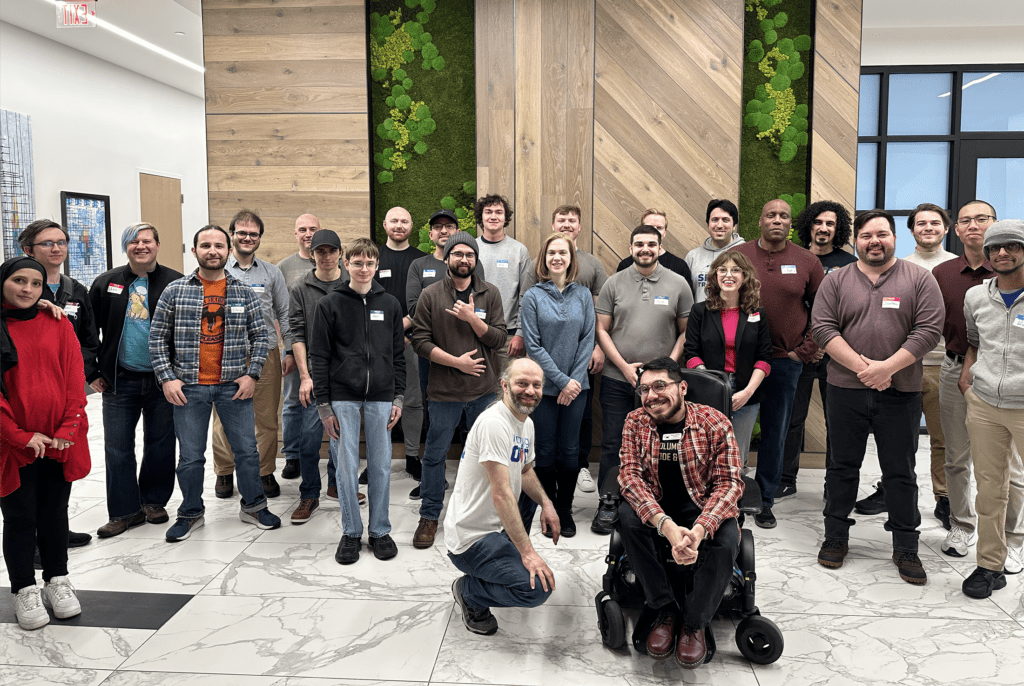ChatGPT is a language model developed by OpenAI that uses machine learning algorithms to generate human-like responses to user inputs. It is built on top of the GPT architecture, which stands for Generative Pretrained Transformer, and has been trained on a massive amount of text data to learn patterns in language and generate coherent and relevant responses. ChatGPT can be used effectively in several ways. As a chatbot, it can interact with users and provide helpful responses to their questions or requests. As a language model, it can be used for natural language processing tasks such as machine translation, summarization, and sentiment analysis. It can also be used to generate content such as articles, creative writing, and summaries. To use ChatGPT effectively, it’s important to provide clear and specific inputs to help the model generate more accurate responses. It’s also important to keep in mind ethical considerations, such as ensuring that ChatGPT is not used to generate harmful or misleading content. Additionally, as with any technology, it’s important to be mindful of potential biases in the data used to train the model and to take steps to mitigate these biases. Moving forward, ChatGPT and other language models like it have the potential to revolutionize content creation and delivery. They can help automate tasks that were previously performed by humans, such as writing product descriptions, news articles, and even fiction. However, as with any technology, there are potential risks and challenges associated with the use of language models, and it’s important to approach their use with caution and consideration for ethical and societal implications. This blog was all written using Chat GPT.
Buckeye’s Note
This is the part we wrote not using ChatGPT. Obviously, there are benefits and downsides to an AI writing content, but no matter what you use, it’s still important to check your work, review, and edit. For instance, we’re using Yoast SEO to check this blog, and our readability score needs a little work regarding passive/active voice, sentence length, etc. AI can be helpful for so many things. But it’s still a good idea to have a human to back it up. 🙂







